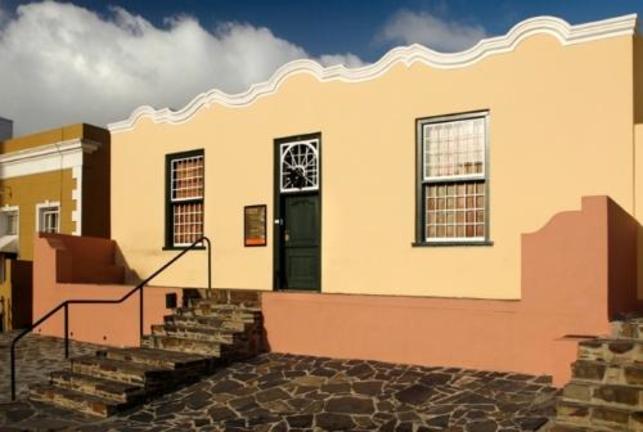The Bo-Kaap is the area of Cape Town that was set aside for Muslims during the early years of Cape Town’s development. When France under Napoleon Bonaparte had invaded The Netherlands, they became known as the Batavian Republic. As the Dutch ruled the Cape Colony in 1904, this new Batavian government granted the colony religious freedom. The number of Muslim slaves, political exiles and prisoners rose significantly, as did the influence of the imams. As Muslims in Cape Town had come from many different countries, including Malaysia, the term ‘Malay’ came to define all Muslims in the colony.
Nearly a century later, the apartheid government, led by the Nationalist Party, encouraged the idea of a separate Malay area in Cape Town. It became known as the Bo-Kaap.
To document the history of this small suburb, the Iziko Bo-Kaap Museum (IBKM) is housed, fittingly, within one of the earliest homes of the neighbourhood. It is the only home built by Jan de Waal in 1768 and the only Bo-Kaap home that retains its original form thanks to the restoration which took place in 1970. Now, even the architecture of the museum helps to tell the story of the local community within a larger national socio-political and cultural context.
The house is characteristic of early Cape Dutch architecture thanks to its curvilinear Baroque parapet. The small courtyard at the back, connected to the street by a narrow lane and paved with Kaapse klippe or stone sets of cobbles, often had a tree or a vine under which to sit.
Declared a National Monument in 1965, the museum then depicted the lifestyle of a nineteenth-century Cape Muslim family. In 1978, the museum was established as a permanent satellite of the much larger South African Cultural History Museum and is managed by Iziko Museums – 5 national museums and their satellites.
